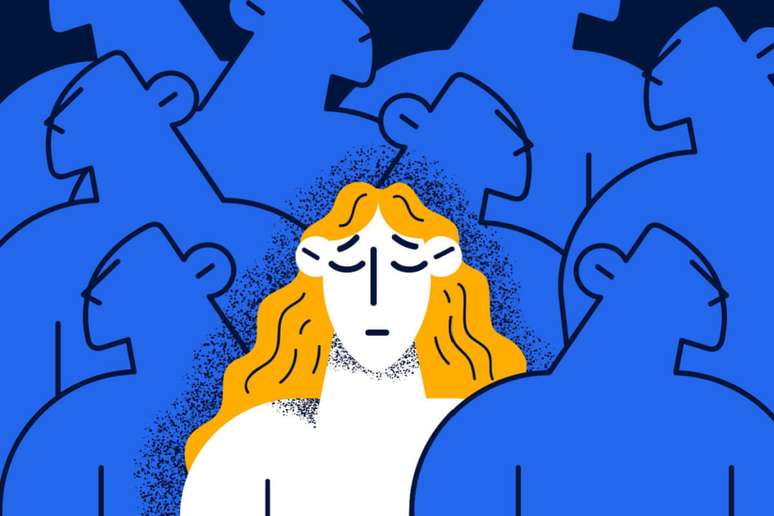The psychiatrist provides suggestions to help identify a shaken emotional state
The month of January is characterized by an extremely important campaign: White January. This is an initiative that aims to raise awareness among the population of the importance of promoting mental and emotional health, encouraging reflection on the care of psychological well-being.
The importance of White January
White January appears in the midst of a society that increasingly understands the importance of mental health as an integral part of overall health. The campaign seeks to combat the stigma surrounding emotional issues by encouraging open dialogue and seeking professional help when needed.
That said, psychiatrist Dr. Jéssica Martani, a specialist in human behavior and mental health, warns of the signs of the disease emotionally shaken. Watch!
Understand the complexity of the disease
Contrary to what many people think, not all depression is the same. “There are depressive states in which the mood is evidently altered, with a predominance of feelings and emotions in the realm of sadness, but the truth is that most depressions do not manifest themselves on the face, they do not make one stop working , they do not force the person to stay in bed without showering or eating,” says the doctor.
Dr. Jéssica Martani further adds that “most depression can easily be hidden under a mask of ‘good mood’, ‘optimistic person’, ‘super excited and outgoing person’.”
Identify signs of emotional distress
This kind of “depression without depression” had already been described at least 100 years ago. Psychiatrists described that there was no obvious sadness, tearfulness, pessimism or despair, but a constant state of malaise, loss of brightness in the eyes, significant loss of pleasure, loss of previous energy which can be masked by an attitude of apparent joy.
They are apparently happy and even depressed depressants who, at times, become excessively energetic and dynamic, sometimes even exaggerated in what they say and what they buy or do. That is, they are apparently “normal” depressed people.
Deconstructing stigmas
To say that a person who commits suicide, who is in obvious suffering, is already guilty in the last degree of a brain state that distorts his thoughts and vision towards that state, is to judge someone who suffers in the most sordid and merciless way. . But, for the doctor, much of the attitude of attributing adjectives such as “selfish and arrogant” to these individuals derives from a lack of knowledge of depressive states.
“These cases are victims of the very concept that the media and ourselves have spread about depression, that ‘depression is whoever it is.’ sad and sorry, they cry and ask for help’, causing these depressed people, with weakly expressed depressions or with depressions with rapid improvement in mood, but with open impulsiveness, look at themselves and think ‘I’m like that, but it’s not depression’ […]’, and even those who live with the person in these states cannot identify what is happening”, explains the psychiatrist.
Furthermore, Dr. Jéssica Martani also comments that, in serious casesthese individuals have a distortion of reality, with the false belief that they really must die, that death is the solution.
By Mayra Barreto Cinel
Source: Terra
Ben Stock is a lifestyle journalist and author at Gossipify. He writes about topics such as health, wellness, travel, food and home decor. He provides practical advice and inspiration to improve well-being, keeps readers up to date with latest lifestyle news and trends, known for his engaging writing style, in-depth analysis and unique perspectives.








